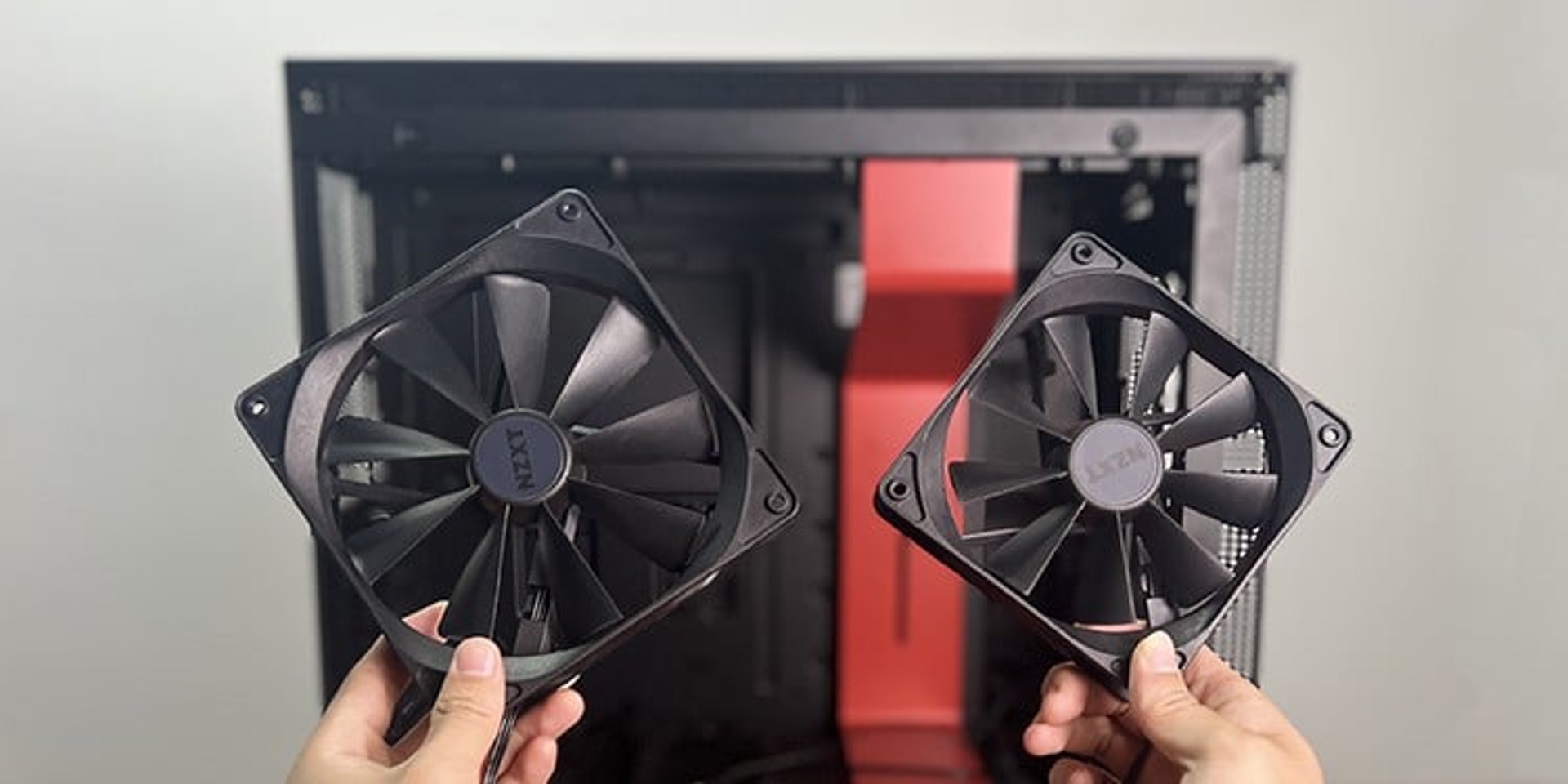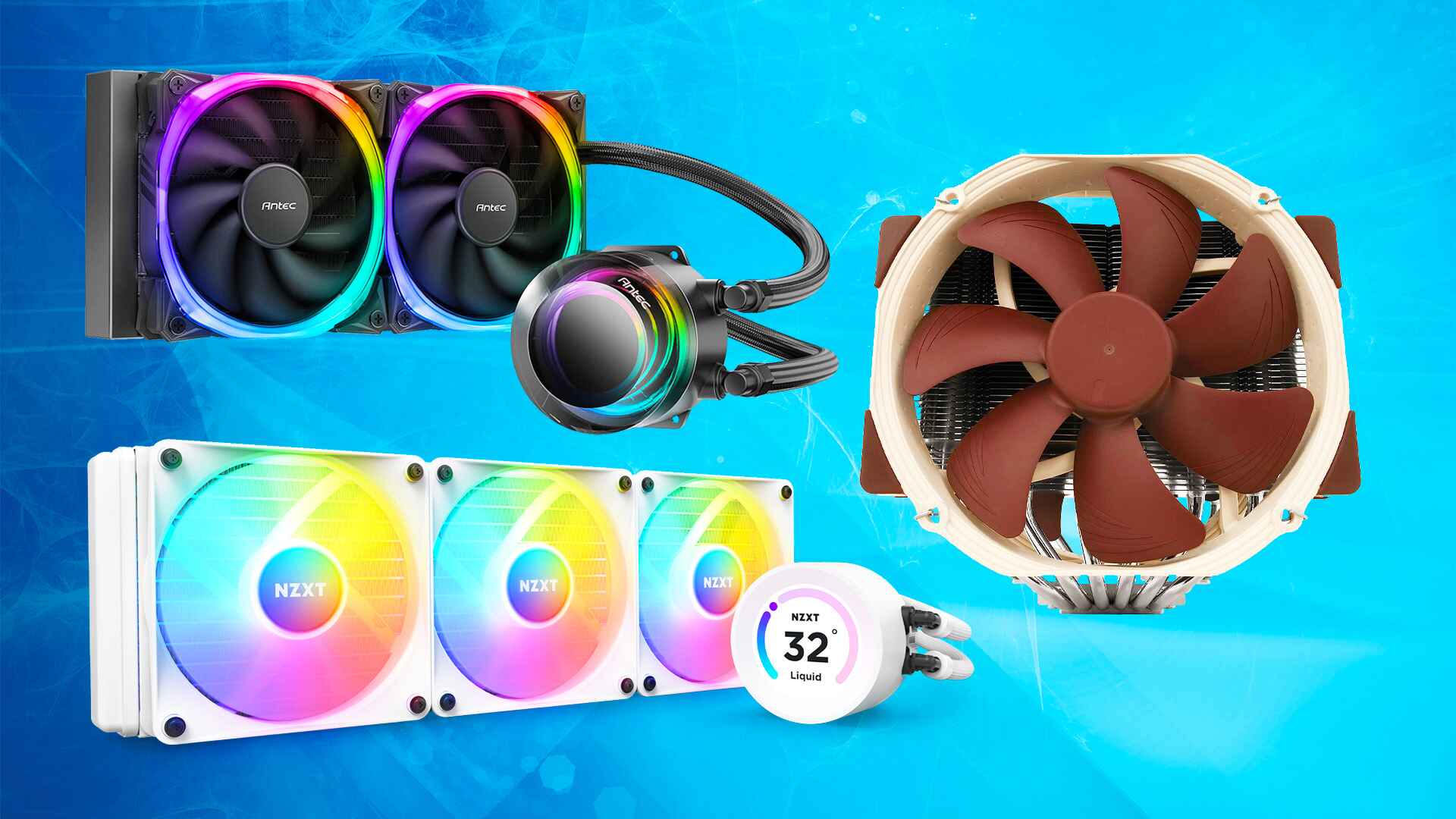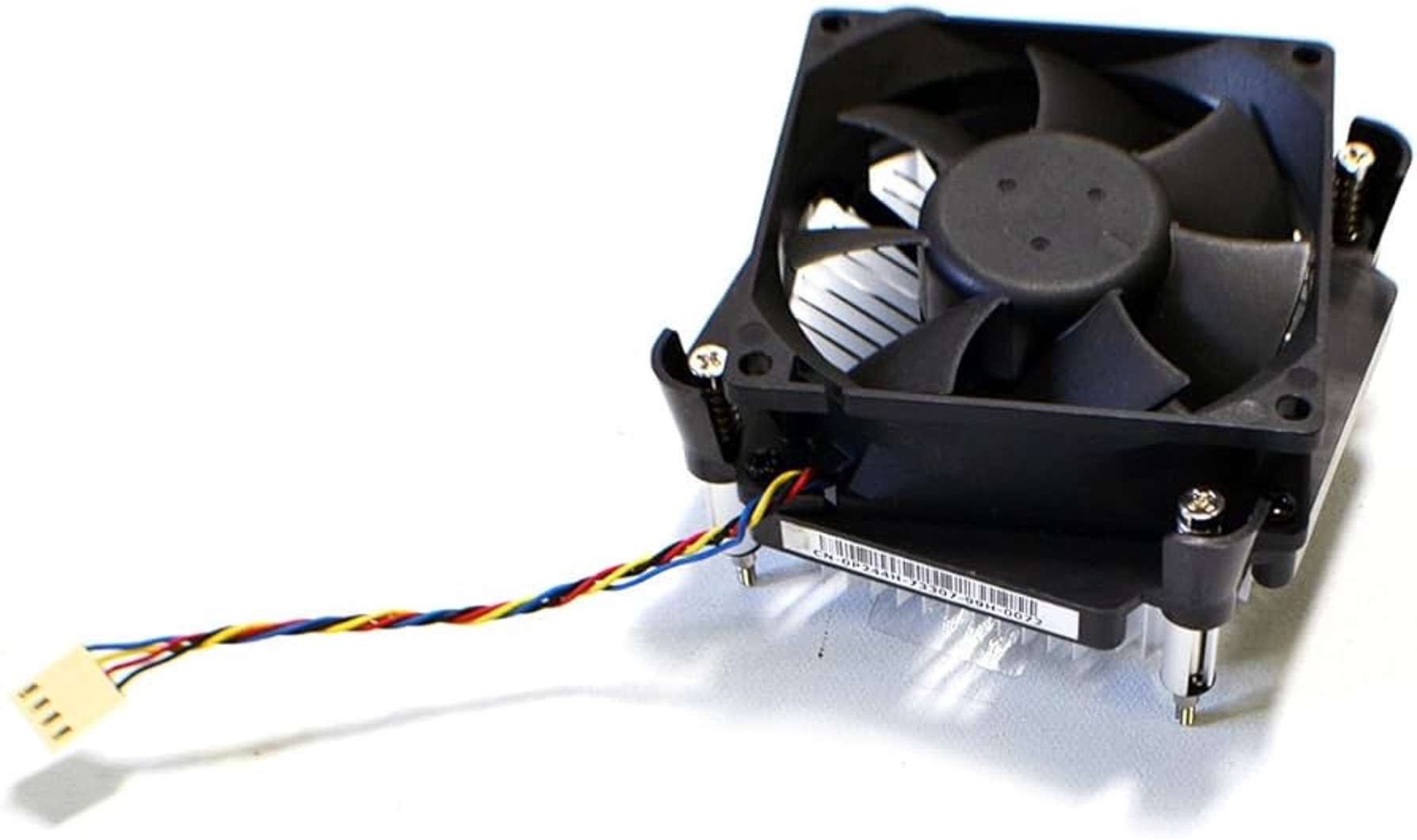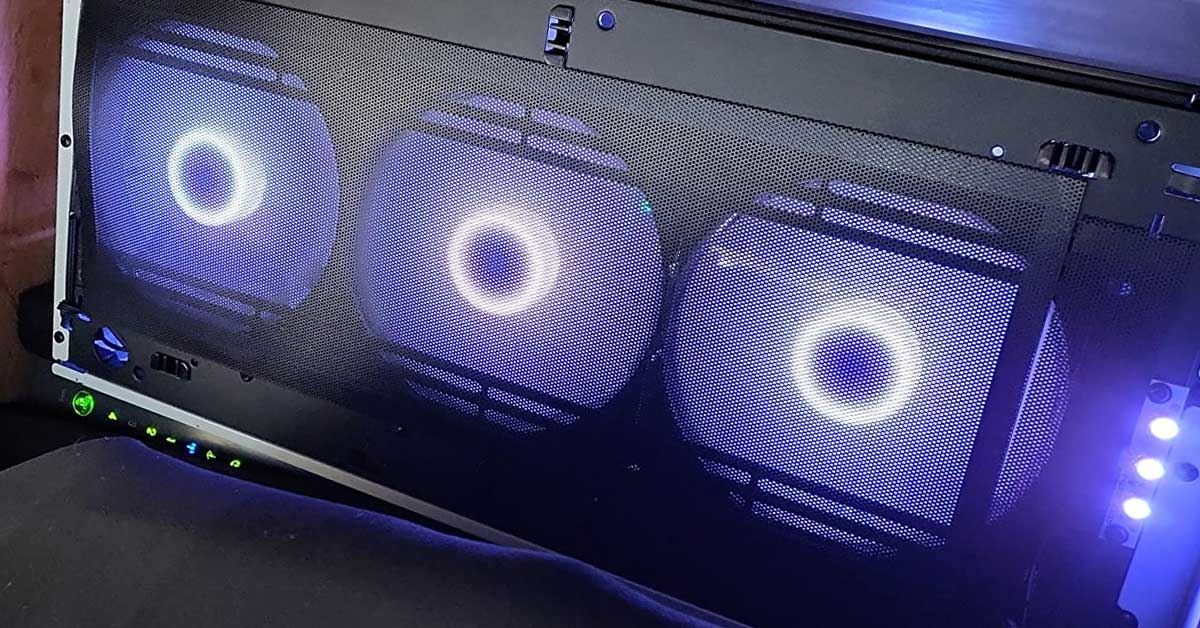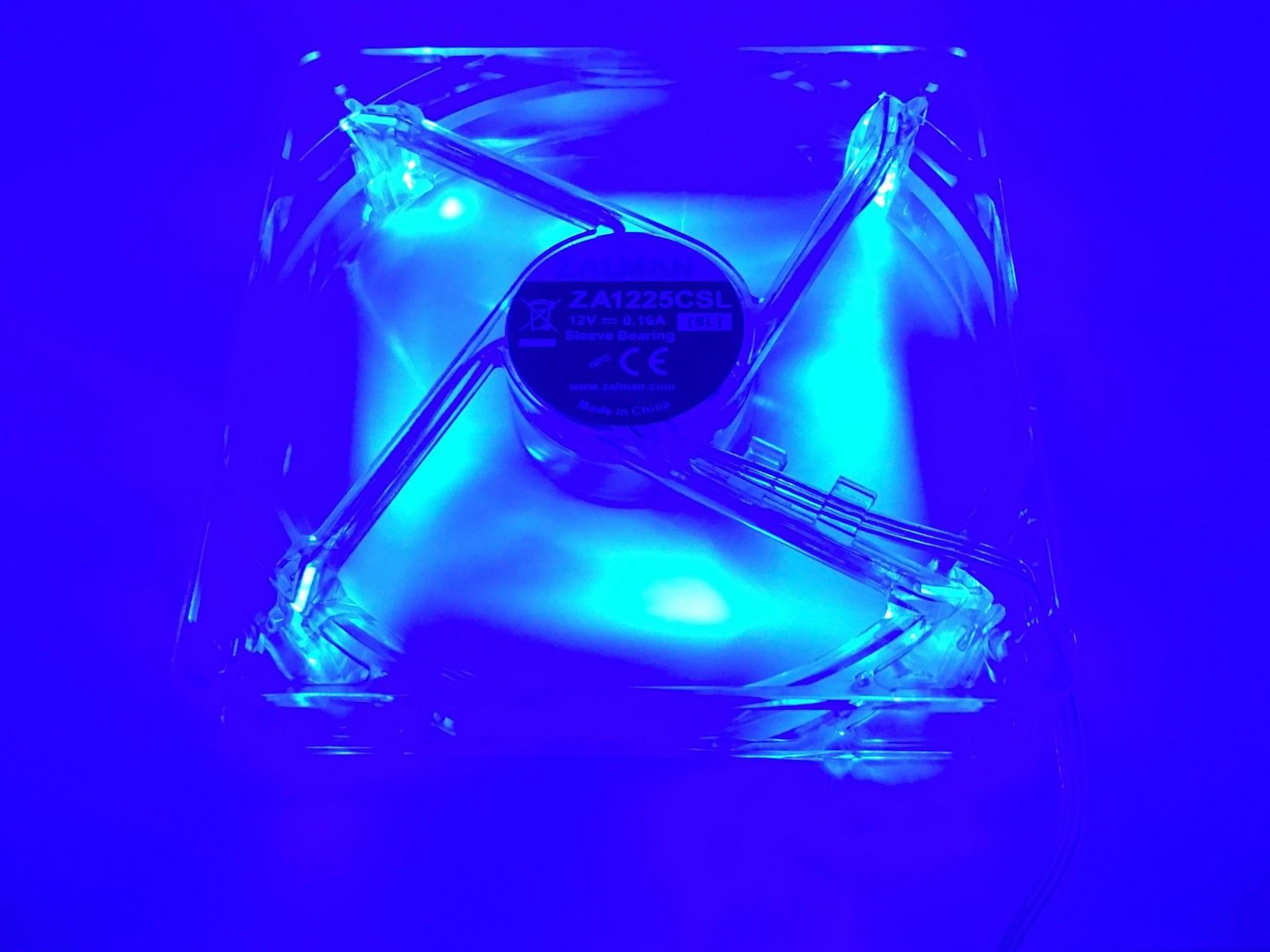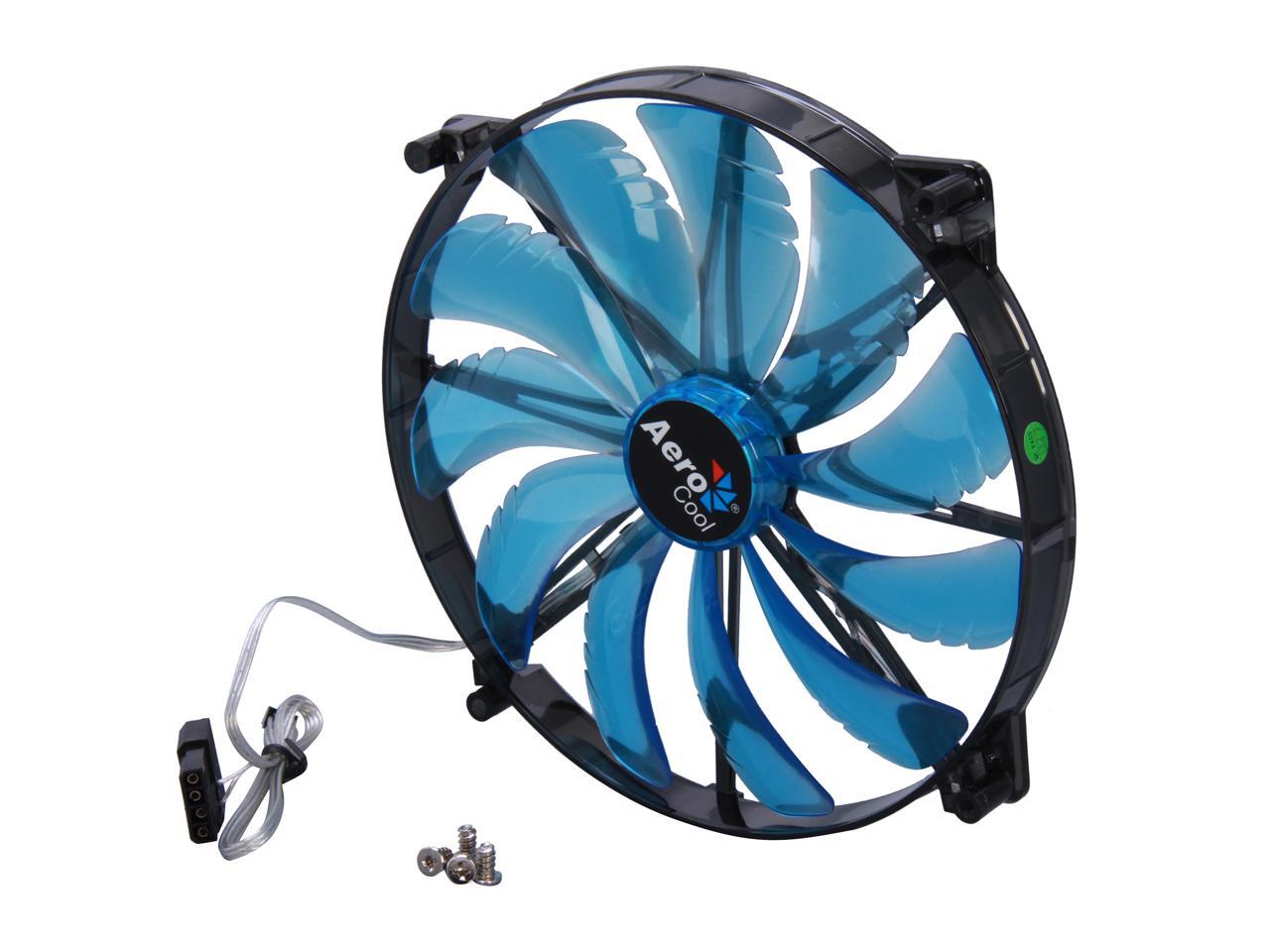Introduction
When it comes to cooling your computer, a case fan plays a crucial role in maintaining optimal temperatures. One popular size of case fan is the 120mm fan, known for its balance between airflow and noise. But just how big is a 120mm case fan hole?
In this article, we will delve into the details of 120mm case fan holes, including their standard measurements, actual size, compatibility considerations, and the advantages they offer. By understanding the dimensions of a 120mm case fan hole, you’ll be better equipped to choose the right fan for your computer setup.
Before we dive into the specifics, it’s important to note that computer cases come in various sizes and designs. Different case models may have different measurements for their fan holes. However, the 120mm fan size is widely used in both larger desktop cases and compact mini-ITX builds, making it a popular choice for cooling solutions.
120mm Case Fans Explained
Before we delve into the size of the 120mm case fan hole, let’s first understand what a 120mm case fan actually is. A case fan, as the name suggests, is a fan used to cool the components inside a computer case. It helps dissipate heat generated by the CPU, GPU, and other hardware, ensuring that your system remains cool and stable.
The size of a case fan is determined by its diameter, measured in millimeters (mm). The 120mm case fan is one of the most common sizes available in the market. This size strikes a balance between sufficient airflow and low noise levels, making it an ideal choice for many computer enthusiasts.
With its larger diameter, a 120mm case fan can move more air compared to smaller fans, resulting in better cooling performance. Additionally, the larger fan blades can operate at a lower RPM (rotations per minute), resulting in quieter operation compared to smaller, faster-spinning fans.
120mm case fans come in various types, including sleeve bearing, ball bearing, and fluid dynamic bearing (FDB) designs. These bearing types affect the fan’s longevity, noise level, and overall performance. Sleeve and ball bearing fans are more common and cost-effective, while FDB fans are known for their durability and quieter operation.
Furthermore, you may also come across PWM (Pulse Width Modulation) fans that allow for dynamic control of fan speed based on CPU temperature. These fans adjust their RPM automatically, ensuring optimal cooling performance under varying workloads. PWM fans are particularly useful for gamers and overclocking enthusiasts who demand precise temperature control.
What is a Case Fan Hole Size?
A case fan hole size refers to the dimensions of the opening in the computer case where the fan is installed. It determines the compatibility between the case and the fan, ensuring a proper fit and efficient airflow.
For 120mm case fans, the hole size typically refers to the mounting distance between the screw holes. This measurement is crucial for selecting the right fan for your case, as it ensures that the fan can be securely attached without any compatibility issues.
The standard hole size for a 120mm case fan is known as the “fan hole pattern.” This pattern consists of four screw holes aligned in a square shape with a distance of 105mm between each hole. It is important to note that some cases may deviate slightly from this standard, so it’s always a good idea to consult your case manual or specifications before purchasing a 120mm case fan.
Additionally, it is worth mentioning that case fans can also be mounted using other methods, such as rubber grommets or clips. These alternative mounting options provide additional support and reduce vibrations, resulting in quieter operation. However, the hole size still plays a role in determining the fan’s compatibility with the case, even if the mounting method differs.
When considering the case fan hole size, it is important to evaluate both the physical dimensions of the fan and the available space inside your case. Ensure that there is enough clearance for the fan, as well as any potential obstructions such as cables or components.
Now that you understand what a case fan hole size is and its significance, let’s explore the specific measurements for a 120mm case fan hole.
Standard Measurements for 120mm Case Fan Holes
When it comes to the standard measurements for 120mm case fan holes, the key parameter is the mounting distance between the screw holes. This distance determines the compatibility of the fan with your computer case. In the case of 120mm fans, the standard measurement is a square-shaped pattern with a mounting distance of 105mm.
The four screw holes that make up the 120mm fan hole pattern are equidistant from each other, with a distance of 105mm between adjacent holes. This pattern allows for a secure attachment of the fan to the case, ensuring stability and efficient airflow.
It’s important to note that while the majority of cases adhere to this standard measurement, there may be slight variations in hole placement or dimensions, especially with older or non-standard case models. In such cases, it’s essential to consult your case manual or specifications to confirm the exact hole size and pattern before purchasing a 120mm case fan.
When replacing or upgrading a case fan, it’s also crucial to ensure that the fan’s physical dimensions align with the available space inside the case. Apart from the hole size, you should consider the overall height and width of the fan to ensure a proper fit without any clearance issues.
Moreover, it’s worth mentioning that some cases feature universal fan mounts or adjustable mounting hole placements. These designs provide flexibility, allowing you to install different-sized fans, including 120mm case fans, even if the standard hole size doesn’t match exactly.
By understanding the standard measurements of 120mm case fan holes and considering any potential variations or adjustability in your computer case, you can confidently choose the right fan for optimal cooling and compatibility.
Actual Size of a 120mm Case Fan Hole
While the standard measurement for a 120mm case fan hole is a mounting distance of 105mm, it’s essential to consider the actual size of the hole itself. The actual size refers to the physical dimensions of the opening in the computer case where the fan is installed.
The exact dimensions of a 120mm case fan hole may vary depending on the case manufacturer and model. However, the hole is typically designed to accommodate the fan’s mounting frame while allowing for proper ventilation and airflow.
The most common shape for a 120mm case fan hole is a square or rectangular opening. The sides of the opening are sized to ensure a snug fit for the fan’s frame, providing stability and preventing vibration or movement during operation.
Generally, the actual size of a 120mm case fan hole is slightly larger than the fan itself. This additional space allows for easier installation and removal of the fan and provides room for any necessary adjustments or positioning.
It’s important to note that the actual size of the hole may also be influenced by the mounting method used in the case. For example, cases with rubber grommets or clips may have slightly larger openings to accommodate these alternative mounting mechanisms.
It’s recommended to consult your case manual or specifications for the exact dimensions of the 120mm case fan hole. This information will help ensure that the fan you choose fits properly and functions optimally within your computer case.
Having a clear understanding of the actual size of a 120mm case fan hole allows you to select a fan that matches the dimensions while providing sufficient cooling and proper compatibility with your computer case.
Compatibility and Installation Considerations
When it comes to compatibility and installation of a 120mm case fan, there are a few essential factors to consider. Ensuring proper compatibility with your computer case is crucial for a successful installation and optimal cooling performance.
Firstly, as mentioned earlier, you need to confirm that your computer case supports a 120mm fan size. Check the specifications or manual of your case to verify the maximum fan size it can accommodate. Additionally, consider the available mounting options, such as screws, rubber grommets, or clips, and ensure that the fan you choose is compatible with these methods.
Next, pay attention to any clearance issues within your case. Measure the available space where the fan will be installed, taking into account any obstructions like cables, components, or CPU coolers. Ensure that there is enough room for the fan to fit comfortably without interfering with other internal parts.
Furthermore, consider the airflow direction of the case fan. Most 120mm case fans are designed to blow air out of the case, expelling hot air and assisting in the overall cooling of the system. Ensure that the fan’s orientation aligns with the desired airflow direction for efficient cooling.
During installation, be mindful of the fan’s positioning. Mount the fan securely using the appropriate screws or mounting method, ensuring a tight fit to prevent any vibrations or movement. Verify that the fan is properly aligned with the 120mm case fan hole and that all screws are tightened securely to avoid any issues during operation.
Additionally, consider the number of available fan headers on your motherboard. Ensure that you have enough connections to power the 120mm case fan. If necessary, you may need to use fan splitter cables or fan hubs to accommodate multiple fans.
Lastly, it’s important to regularly clean and maintain your case fans to ensure optimal performance. Over time, dust and debris can accumulate on the fan blades and obstruct airflow. Regular maintenance, such as gently cleaning the fan blades with compressed air or a soft brush, can help prolong the life of your fans and maintain efficient cooling.
By considering these compatibility and installation factors, you can confidently install a 120mm case fan that fits correctly, performs efficiently, and enhances the cooling capabilities of your computer system.
Advantages of Using 120mm Case Fans
There are several advantages to using 120mm case fans in your computer setup. These fans are popular among PC enthusiasts for the following reasons:
- Effective Cooling: 120mm case fans are known for their balanced airflow and cooling performance. With their larger size, they can move a significant amount of air while maintaining lower noise levels compared to smaller fans. This allows for efficient cooling of your computer components, keeping the temperatures in check.
- Low Noise Levels: When it comes to fan operation, noise is often a concern. The larger diameter and lower RPM of 120mm case fans contribute to quieter operation. They can provide sufficient airflow without the excessive noise that smaller, faster-spinning fans may produce.
- Compatibility: 120mm case fans offer excellent compatibility with a wide range of computer cases. These fans are commonly used in both larger desktop cases and compact mini-ITX builds, making them a versatile choice for cooling solutions.
- Availability: 120mm case fans are widely available in the market. They come in various designs, bearing types, and airflow options to cater to different users’ needs. The high availability ensures that you have a wide range of options for selecting the right fan for your specific requirements and budget.
- Hardware Protection: By utilizing 120mm case fans to maintain optimal temperatures, you can extend the lifespan of your computer components. Cooler temperatures help prevent overheating, which can lead to system instability, reduced performance, and potential hardware damage.
- Aesthetic Options: Many manufacturers offer 120mm case fans with customizable lighting options, allowing you to add a touch of personal style to your computer setup. These RGB (Red-Green-Blue) or LED fans can create vibrant and eye-catching lighting effects, enhancing the overall visual appeal of your system.
Overall, the advantages of using 120mm case fans include efficient cooling capabilities, low noise levels, broad compatibility, availability of various options, hardware protection, and the potential for aesthetic customization. Considering these benefits, it’s no wonder that 120mm case fans are favored by many PC enthusiasts.
Conclusion
In conclusion, 120mm case fans play a crucial role in maintaining optimal temperatures and airflow within your computer case. These fans offer a balance between cooling performance and noise levels, making them a popular choice among PC enthusiasts.
Understanding the size and specifications of a 120mm case fan hole is essential for selecting the right fan that fits your computer case. While the standard measurement for a 120mm case fan hole is a mounting distance of 105mm, it’s important to consider the actual size of the hole and any variations in your specific case model.
By ensuring compatibility and considering installation factors such as clearance, airflow direction, and proper positioning, you can effectively install a 120mm case fan that provides efficient cooling and enhances the overall performance of your system.
The advantages of using 120mm case fans include their effective cooling capabilities, low noise levels, broad compatibility, availability of various options, hardware protection, and the potential for aesthetic customization.
Whether you are building a new computer or upgrading your existing setup, incorporating a 120mm case fan can greatly improve the cooling efficiency of your system, keeping temperatures in check and prolonging the lifespan of your valuable hardware.
Remember to regularly clean and maintain your case fans to ensure optimal performance and longevity. With proper care, your 120mm case fans will continue to provide effective cooling and contribute to the stability and longevity of your computer system.







